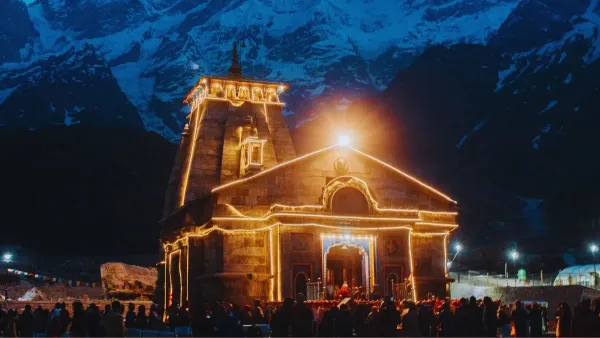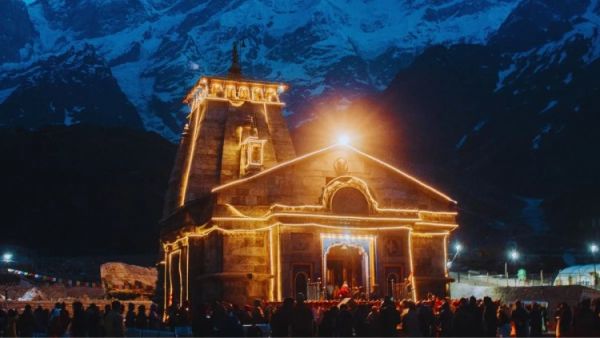
Kedarnath Yatra 2025: Part of the revered Chardham Yatra pilgrimage circuit, Kedarnath is a famous Hindu pilgrimage destination tucked away in Uttarakhand, India’s Garhwal Himalayas. Millions of worshippers come to this historic temple to pay their respects and ask Lord Shiva for his blessings. With many religious stories and traditions connected to it that have been handed down through the ages, the location has enormous spiritual value.

The Pandavas, the five brothers of the epic Mahabharata, are said to have built the temple of Kedarnath after pleading with Lord Shiva for forgiveness for the carnage of the Kurukshetra War. In order to avoid them, Lord Shiva transformed into a bull and vanished beneath the earth, leaving only his hump in his wake. The temple that became the fabled Kedarnath Temple was built here by the Pandavas. Devout disciples of the Lord continue to go to this sacred location in order to worship and connect with the almighty. Hindus hold the temple in high regard due to its extensive history.
One intriguing aspect of the temple, however, is that its chief priest is selected from Kerala. The following explains the spiritual meaning of this tradition:
Why is the head priest of Kedarnath Temple selected from Kerala for the Kedarnath Yatra in 2025?
Since the tenth century AD, the priests of Kedarnath Temple have been performing traditional rites and chanting mantras in Kannada as part of the Rawal community in Karnataka. It’s interesting to note that the helpers perform the ceremonies instead of the senior priest. The top role is held alternately by the temple’s five head priests. Keralan Nambudiri Brahmin priests are specifically selected to conduct ceremonies at the Kedarnath Shrine. Adi Shankara, a philosopher from South India, is credited with starting this rite.
According to hagiographies, the eighth-century philosopher Adi Shankara passed away near Kedarnath; in other accounts, Kanchipuram is mentioned. At the location designated as his presumed residence of Samadhi, close to Kedarnath, there is a monument. By the 12th century, it had become a significant pilgrimage centre, and the Kritya-kalpataru mentions it. It is said that Adi Shankara attained Mahasamadhi in Kedarnath and repaired the temple along with other Uttarakhand temples, including Badrinath.
Since the time of Nara-Narayana and Daksh Prajapati, the ancient Brahmins of Kedarnath, known as the Teerth Purohits, have been worshipping the lingam. According to the old stories, the Pandavas’ grandson, King Janmejay, granted them the right to worship the temple and handed them the Kedar region. Since that time, these Brahmins—also known as Shukla or Bajpai—have been caring for pilgrims while reading the Shukla Yajurveda and following the Madhyandin school.
At Kedaenath, the Tirtha Purohit Brahmins lead the pilgrim puja, while the Rawals (South Indian priests) and indigenous Jamloki Brahmins are dedicated to worshipping Shiv Lingam. According to historical evidence, a Rawal priest reportedly visited the temple of Kedarnath every day in order to perform ceremonies there as well as at Badrinath. The Keralite priests are still selected as the chief priest at Kedarnath because it highlights the Rawal priests’ strong religious ties and commitment to these shrines.